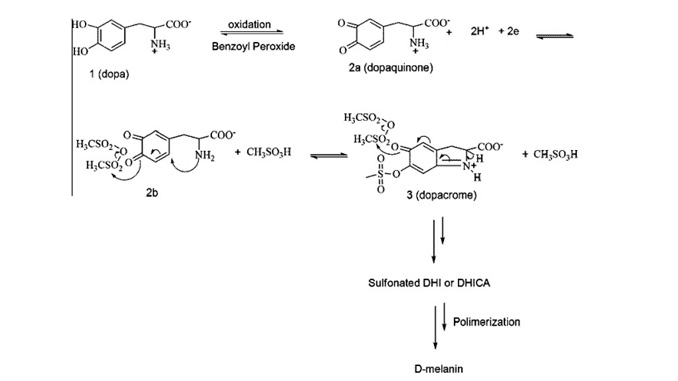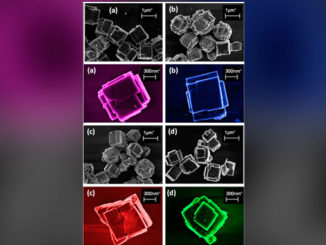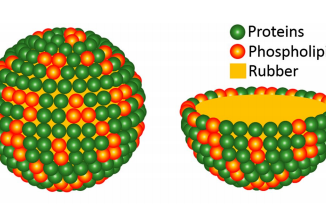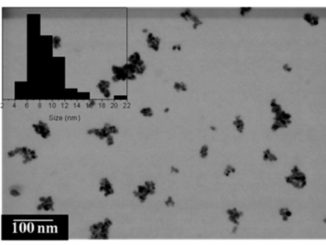
Writers: Erika S. Bronze-Uhle; Augusto Batagin-Neto; Pedro H.P. Xavier; Nicole I. Fernandes; Eduardo R. de Azevedo; Carlos F.O. Graeff
Keywords: Biomaterial; Solubility; Structural characterization; Spectroscopy methods; Organic synthesis
Abstract: Recently soluble melanin derivatives have been obtained by a synthetic procedure carried out in DMSO (D-melanin). In this work a comparative study of the structural characteristics of synthetic melanin derivatives obtained by oxidation of L-DOPA in H2O and DMSO are presented. To this end, Fourier-transform infrared spectroscopy as well as proton and carbon nuclear magnetic resonance techniques has been employed. In addition, aging effects have been investigated for D-melanin. The results suggest that sulfonate groups (–SO2CH3) from the oxidation of DMSO, are incorporated into melanin, which confers protection to the phenolic hydroxyl group present in its structure. The solubility of D-melanin in DMSO is attributed to the presence of these groups. When D-melanin is left in air for long time periods, the sulfonate groups leave the structure, and an insoluble compound is obtained. NaOH and water have been used, in order to accelerate the release of the sulfonate groups attached to D-melanin, thereby corroborating the proposed structure and the synthesis mechanism.




